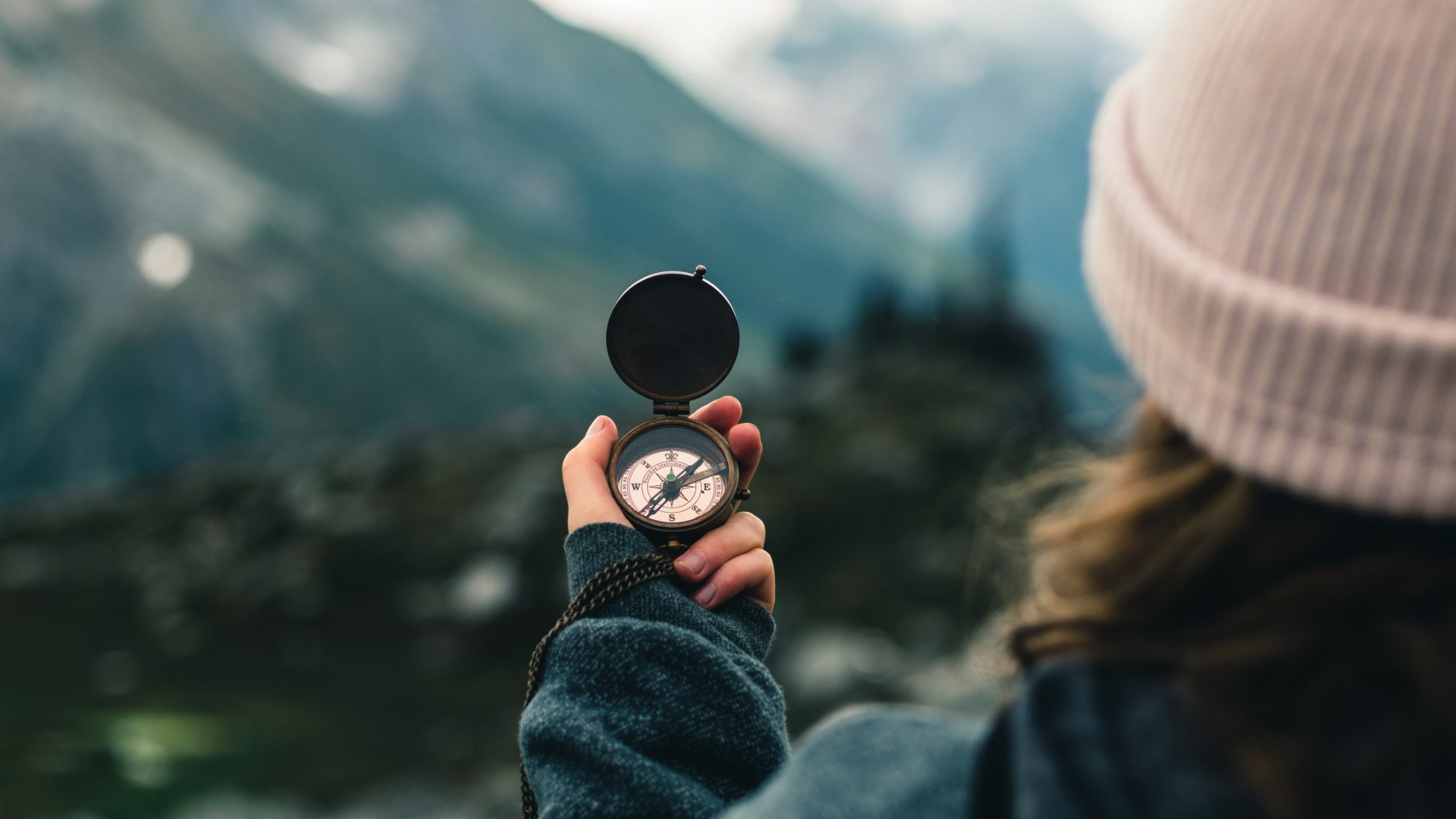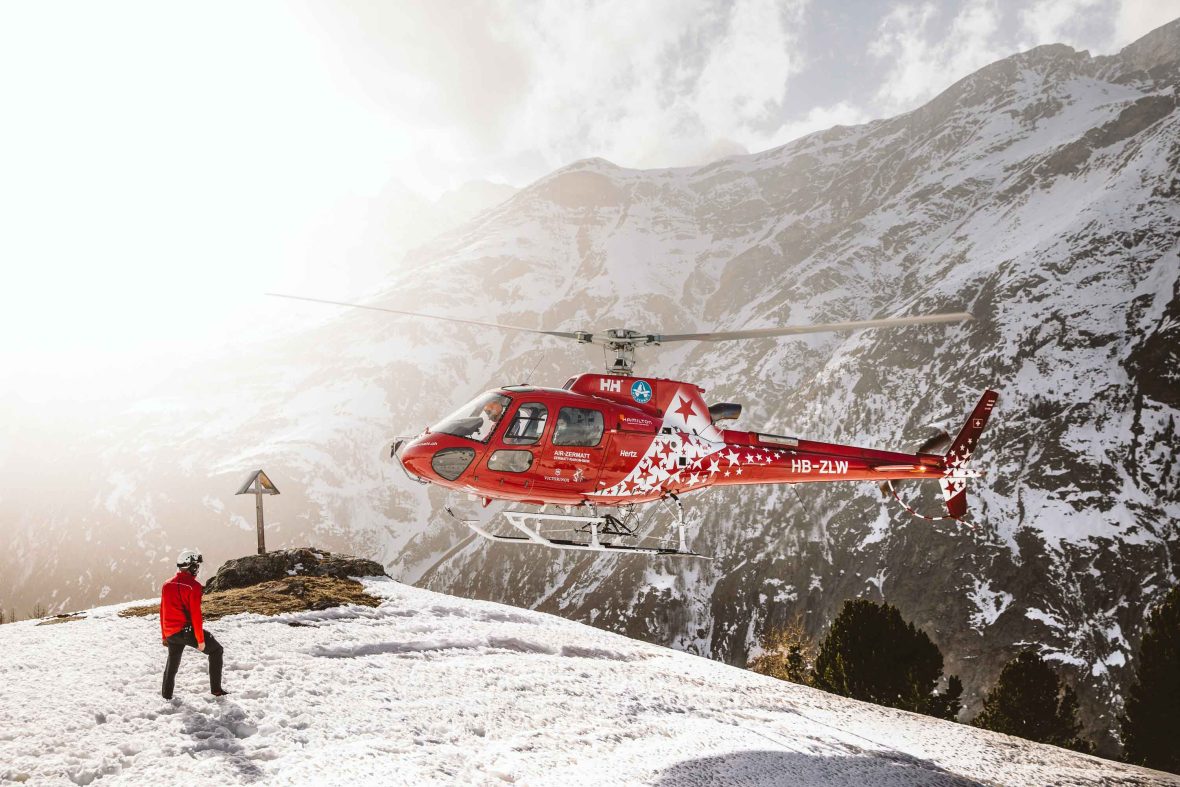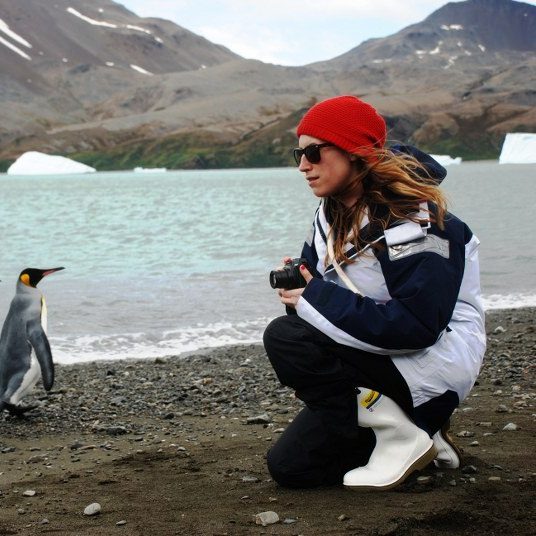
When something goes wrong during travel and rescue is needed, search and rescue teams around the world go above and beyond to bring people back to safety. Some rescues can cost upwards of $1,000 an hour—so who should foot the bill?


When something goes wrong during travel and rescue is needed, search and rescue teams around the world go above and beyond to bring people back to safety. Some rescues can cost upwards of $1,000 an hour—so who should foot the bill?
Since early 2020, national parks and wilderness areas across the world have seen surges in the number of people needing to be rescued as more people are heading outdoors, often without the experience or equipment needed. In Madrid, Spain, there was a 27 percent increase in search and rescue call-outs, with a similar story in the UK and the US, where rescues increased by 30 percent in some parks.
“The most common reason for a rescue is made when people undertake a hike or adventure that is above their capabilities, both fitness and experience,” says Caro Ryan, an expert in off-track navigation―having literally published the book on the subject―and a volunteer with the State Emergency Services (SES) in the Blue Mountains of Australia. “This includes not having the skills to know what to take or how to prepare.”
But when do you go from being naive to reckless? Earlier this year, two hikers in New Hampshire, USA, were charged with—and plead guilty to—reckless conduct after a seven-hour rescue operation in craggy and cliffed-out terrain in the White Mountains. Officers from the New Hampshire Fish and Game Department’s Law Enforcement Division learned that the hikers “had no plan for a hike that day.” According to official statements, they were not familiar with the area, did not stay on any trail, and “did not have any equipment or even footwear for entering such a steep and dangerous location, much less ropes, harnesses, or climbing gear.”

According to Backpacker, hikers who are unprepared in New Hampshire risk being stuck with the bill, along with facing criminal charges. The state is one of just a few places in the US that will charge people deemed reckless for the cost of their rescue. Following the charges, Lt. James Kneeland of the state’s Fish and Game Department’s Law Enforcement Division, said, “The safety of rescuers is paramount in the execution of search and rescue missions. When people put themselves into hazardous situations needlessly or by being ill-prepared, and put rescuers in harm’s way, they need to be held accountable.”
That “accountability” is often put into context by the size of rescue operations costs. According to stats from Time, the US National Park Service alone annually spends around $5 million dollars on rescue operations. Rescues that require the use of a helicopter or a boat regularly cost between $1,000 to $1,600 per hour. In France, the rise in incidents and the pressure it’s put on funding has become so dire that the Mayor of Saint-Gervais-Les-Bains announced plans to charge climbers of Mont Blanc a $15,000 deposit. This would help cover rescue and funeral costs, following a spate of ‘pseudo-alpinists’ needing to be rescued.
When someone needs rescuing, costs add up. Although some taxpayers argue that private citizens should not be responsible for paying for the rescue of others, many organizations—including the National Association for Search and Rescue in the US—maintain that access to free rescue is critical for keeping people safe and the outdoors accessible.
Sometimes, even the most prepared person can need rescue. Emily Dallas Scott from South Australia required a 52-person multi-agency rescue when a boulder became dislodged during a rock climbing trip. She fell eight meters, breaking her nose, and her foot, severing a vertebral artery, and fracturing three vertebrae in her neck and back. All this, even though she did everything right. She was wearing a helmet, had first aid training, had clear trip intentions, and is even a volunteer with the SES herself.
For every hiker or explorer who makes a genuine mistake, there are those who are simply doing what they shouldn’t be. Can education reach them all?
Dallas Scott’s accident happened in Australia, and she was not charged for her rescue. But if she had been anywhere else in the world when this happened, would she have been charged with a crime? Or be asked to pay for her rescue?
“A rescue is a rescue… but how do we differentiate and judge this process?” Dallas Scott says. “Maybe someone who goes out with jeans and no wet weather gear in the middle of a blizzard would be seen as reckless, but maybe they didn’t know any better.”
It’s a sentiment that many search and rescue operations agree with. Mountain Rescue England and Wales carries out searches and rescues at the request of the police, and almost the entire organization is funded by public donations. “Mountain Rescue has always been a free service carried out by unpaid volunteers, whose background is the same as the people we rescue―people who love and appreciate the outdoors,” Mike Park MBE, senior executive officer, says. “Our ethos is an unpaid free service that is non-judgemental of the individuals we rescue.”
As the New Hampshire and Dallas Scott anecdotes demonstrate, rescue is nuanced and varies country-to-country, state-to-state or between municipalities. How it’s covered financially is a complicated issue, and, while search and rescue might immediately conjure images of helicopters swooping in to save the day, this is just one element. Costs can also include ambulance, paramedics, police assistance, army assistance, associated medical costs, repatriation costs and more.

For example, in Australia, even though the search and rescue element is usually not charged for, you’ll need ambulance cover to get you to the hospital once you’ve been rescued. Other locations have developed unique initiatives that supplement ancillary rescue costs. Rega in Switzerland, also known as Swiss Air Rescue, is a private non-profit foundation supported by more than 3.6 million patrons. It costs 40 CHF to join per year and Rega can decide to waive or reduce the costs of a helicopter rescue if it is not covered by the patron’s insurance.
There is a similar initiative available in Italy, with the €22 joining fee covering up to €15,000 in rescue expenses. But the best way to ensure you’re covered in an emergency is to familiarize yourself with local laws, join any local initiatives such as those outlined above, and to always ensure you have adequate insurance for your activity.
“There is a definite need to educate the outdoor population on how to interact with the outdoors safely. The outdoors are naturally a less safe environment to the environments people live in. This is part of the attraction and we just need to help people appreciate that fact and adjust accordingly to the environment.”
- Mike Park, Mountain Rescue
The alternative can be costly. Cyril Derreumaux was trying to set a new record for kayaking 2,400 nautical miles across the Pacific from California to Hawaii. Instead, he needed rescuing—to the tune of USD$42,000.
Many feel that maintaining free access to search and rescue is critical, as the pay-for-rescue model could have dangerous impacts.
“The real risk with imposing charges on search and rescue is that it could make people hesitate in calling for help when they really should, possibly making the situation worse, or leading to death,” Ryan explains, who―in 19 years of involvement with search and rescue―has only heard of one person being asked to pay for the cost of their rescue. “Delaying in calling or feeling as though they can’t afford it, should never be a barrier to getting the assistance needed.”

For Dallas Scott, who is in the unique position of being a volunteer with the SES and having been rescued herself, it’s all about education. “The wild shouldn’t just be for the average white dude who can afford it and has the confidence,” she says. “We shouldn’t be blaming and judging the person, we should be encouraging education at a broader level so more people can feel like they have the skills to be adventuring.”
But for every hiker or explorer who makes a genuine mistake, there are those who are simply doing what they shouldn’t be. From the 23-year-old tourist who fell into Mount Vesuvius whilst taking a selfie on a closed trail to the person who faked hypothermia in Alaska to be airlifted off the mountain. Can education reach them all?
“There is a definite need to educate the outdoor population on how to interact with the outdoors safely,” says Mike Park. “The outdoors are naturally a less safe environment to the environments people live in. This is part of the attraction and we just need to help people appreciate that fact and adjust accordingly to the environment.”
Campaigns like Australia’s ‘Think before you TREK’ could help, and the social media influencers who are encouraging people to get outside also have a role in educating people along the way. But ultimately, despite the myriad gray areas, perhaps we are all responsible for our own safety and doing what we can within the limits of our own knowledge and skills. Whatever they may be.







Can't find what you're looking for? Try using these tags: